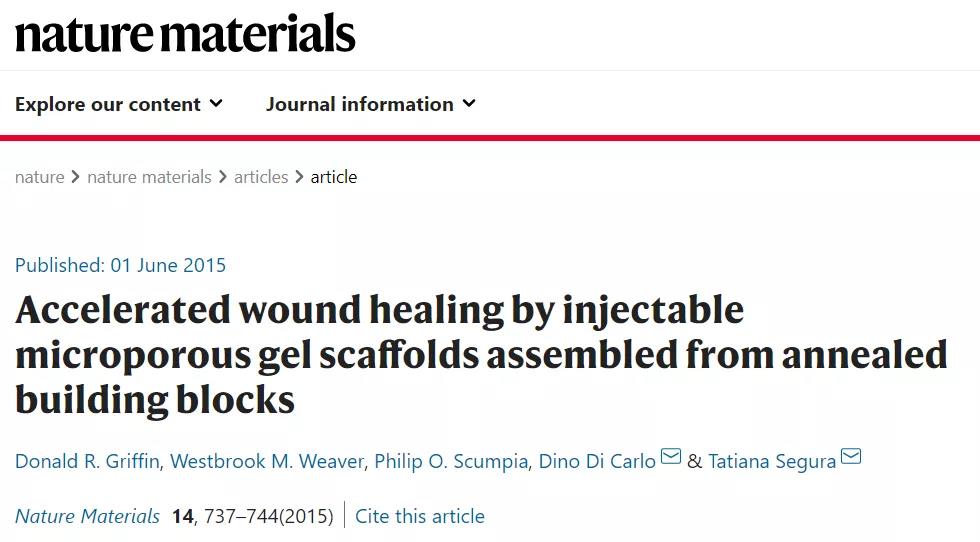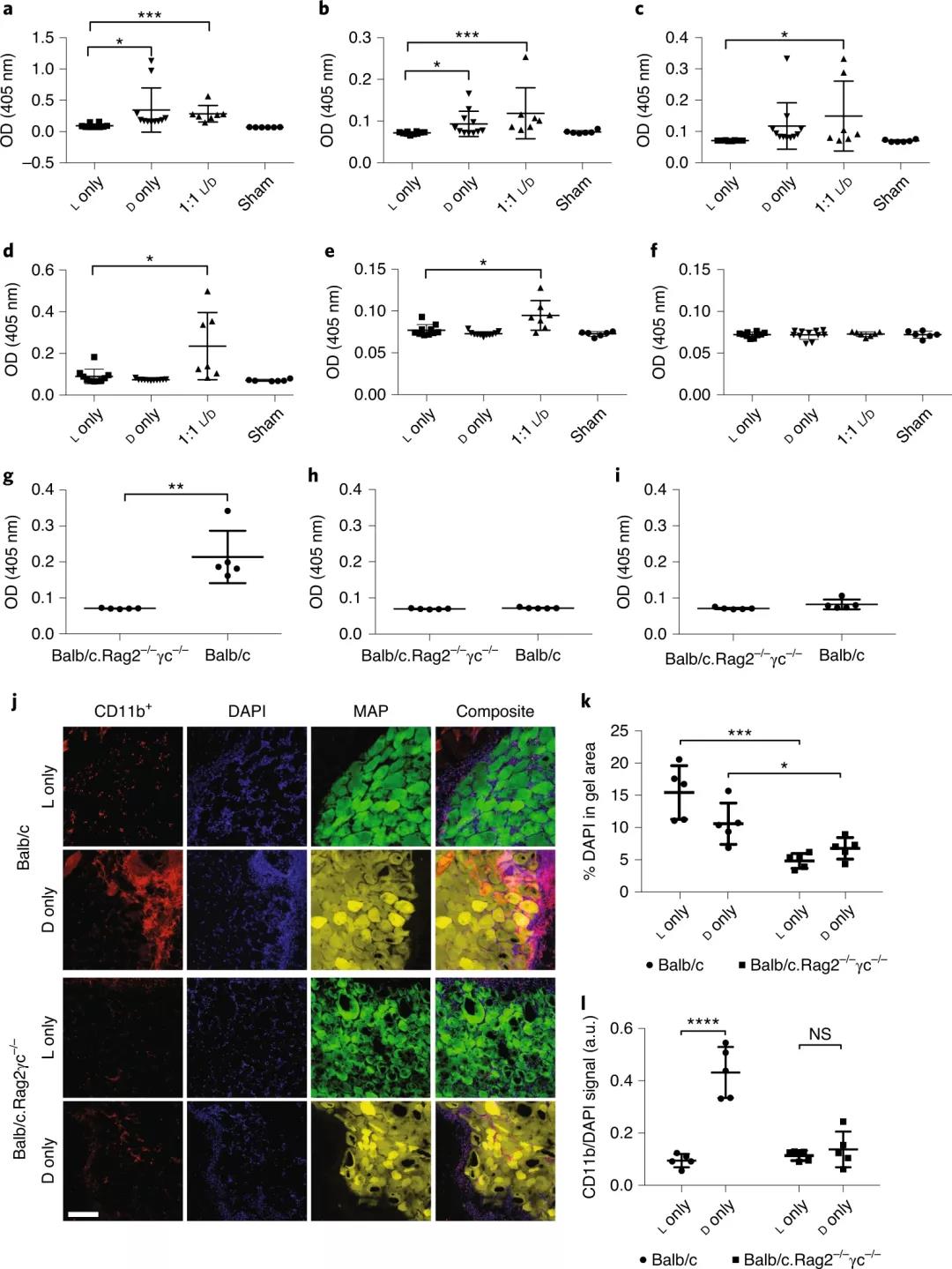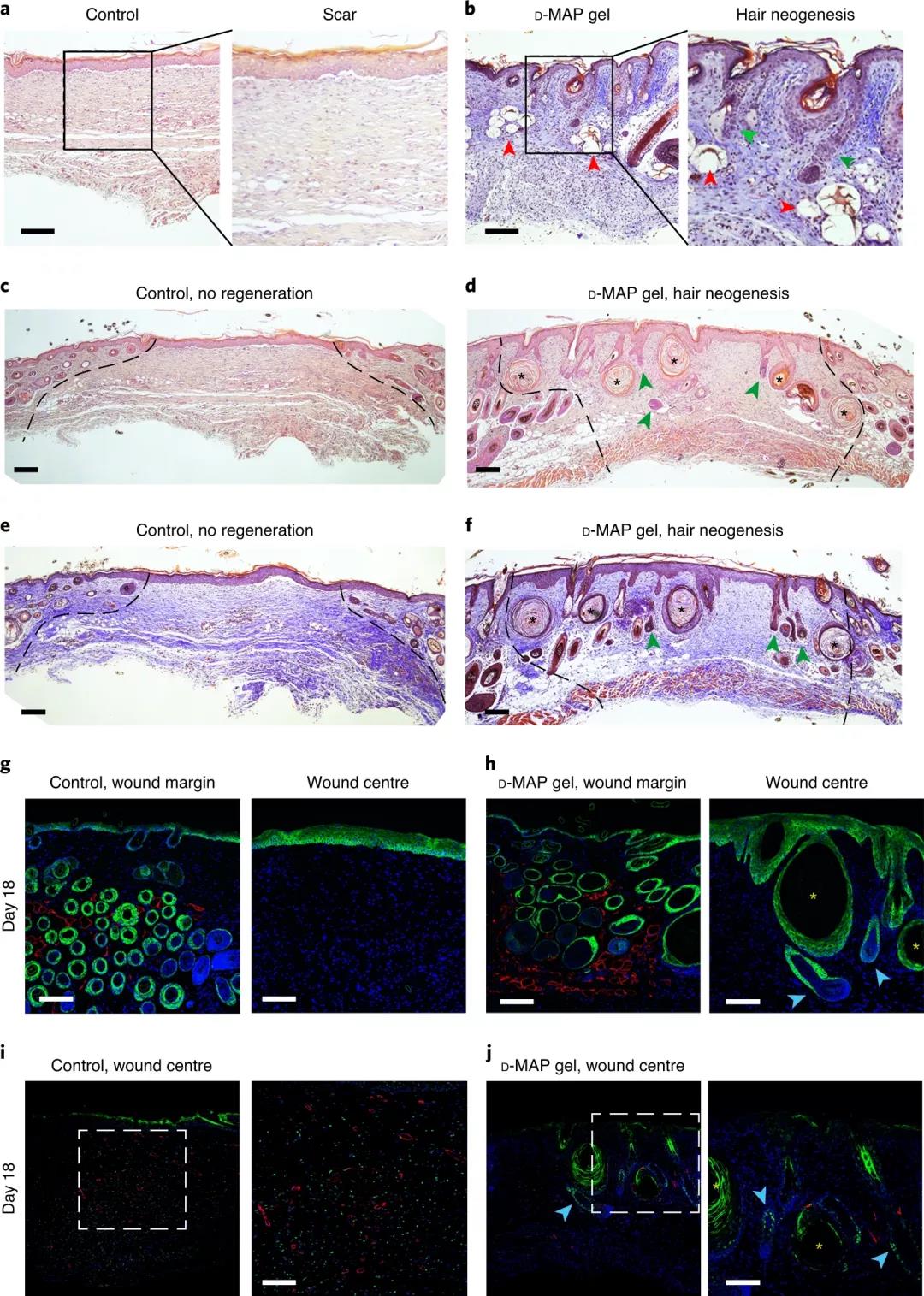
The natural process of wound healing is for the body to form scar tissue as quickly as possible to reduce the chance of infection, reduce pain and, in larger wounds, avoid the loss of water through evaporation. Currently available for clinical use in wound healing hydrogels are primarily located on the surface of the wound and act as a dressing on the surface of the wound, which helps prevent the wound from drying out. This, in turn, helps wounds heal faster, but usually through the formation of scarring.
The goal of regenerative medicine is to restore tissue function to physiological activity. For biomaterial scaffolds, the best strategy to achieve this goal requires a balance between material degradation and tissue regeneration. Clinical and patient factors lead to significant changes in in-situ chemical and physical parameters, which makes it difficult to achieve a biodegradation-regeneration balance.
Early progress
Back in 2015, a paper published at Nature Materials by Tatiana Segura and Dino Di Carlo et al showed that they have developed a new method to make equilibrium more feasible by developing a fluidable granular biomaterial called microporous Annealing pellet (MAP) hydrogel. The hydrogel is a particle-based biomaterial that can be incorporated into a wound rather than just on the surface of the skin. The beads in the MAP gel are linked together, but leave open Spaces, forming porous structures that support cells as they grow at the wound site. As the wound closes, the gel slowly dissolves, leaving only the healed skin.


Although MAP hydrogels can accelerate cell growth and repair, the team noted that the complex structures of healed skin, such as hair follicles and sebaceous glands, are limited. So the team wondered if they could improve the quality of healing skin by altering their biomaterials.
Break through again!
So how do you change the material? The team targeted amino acid chirality because they had previously found that peptide nanocapulgations could be regulated by using amino acid chirality, whereas in the MAP gel of the 2015 paper, the chemically linked molecules consisted of a sequence of amino acids that were naturally L-chiral.
, therefore, the university of California, Los Angeles team by switching the chiral peptide crosslinking agent (for example, in the matrix metalloproteinases (MMPS) mediated the keys of the cracking site of L - - D - chiral) to slow down the enzymatic degradation for the MAP, and developed a kind of biological materials, the material can significantly reduce the scar formation after an injury, so as to make the skin more effectively to heal. The new material degrades rapidly once the wound is closed, demonstrating that activating an adaptive immune response can trigger wound healing, leaving stronger, healthier healed skin. The results were also published in Nature Materials.


| d-map changes the fate of the wound from scar formation to regeneration through type 2 immune activation
Activation of the immune response
In the current study, MAP hydrogels cross-linked with D- or L-amino acid cross-linked peptides were used in a rat wound model to study how they affect wound healing and skin regeneration responses. Studies have shown that activation of d-amino acid cross-linked MAP hydrogels in response to specific immune responses causes skin regeneration.
The immune response accelerates the degradation of the gel
This is because the original MAP gel was made from a common L-peptide structure, so it produced a mild innate immune response. But when the team put the reformulated gel in a wound, the foreign D-chiral activated the adaptive immune system, producing antibodies and activating cells, including macrophages, that targeted the wound and cleared the gel more quickly when the wound closed.
Figure | d-map induced antibody response and marrow cell recruitment by adaptive immunity
Promote hair follicle regeneration
In addition, it was found that treating wounds with L-map hydrogel did not significantly improve tissue tensile strength, but treating wounds with Either D- or L/ D-map resulted in an approximately 80% increase in tensile strength. In addition, the addition of D-Map can activate the regeneration of hair follicles on 4mm excised wounds that do not regenerate under normal conditions.
FIG. | d-map hydrogel can induce the regeneration of hair follicles in full-thickness skin wound in B6 mice


summary
Taken together, these studies suggest that the role of the adaptive immune system in tissue repair is much more complex than previously realized. The findings suggest that engineered type 2 immune responses to sterile, biodegradable particulate based materials can trigger regeneration rather than fibrosis, and further support the role of adaptive immune cells in restoring tissue function. Future identification of immune factors will lead to a balance towards regeneration rather than scarring or foreign body reactions, which may lead to improvements in biomaterials.
References:
1. Griffin, D.R., Archang, M.M., Kuan, C. et al. Activating an adaptive immune response from a hydrogel scaffold imparts regenerative wound ranging. Nat. Mater., (2020). https://doi.org/10.1038/s41563-020-00844-w
2. Griffin, D., Weaver, W., Scumpia, P. et al. Accelerated wound healing by injectable microporous gel scaffolds assembled from annealed building blocks. Nature Mater 14, 737-744 (2015). https://doi.org/10.1038/nmat4294
Source: Theory of Oddities
This information is from the Internet for academic exchange only. If there is any infringement, please contact us to delete it immediately








